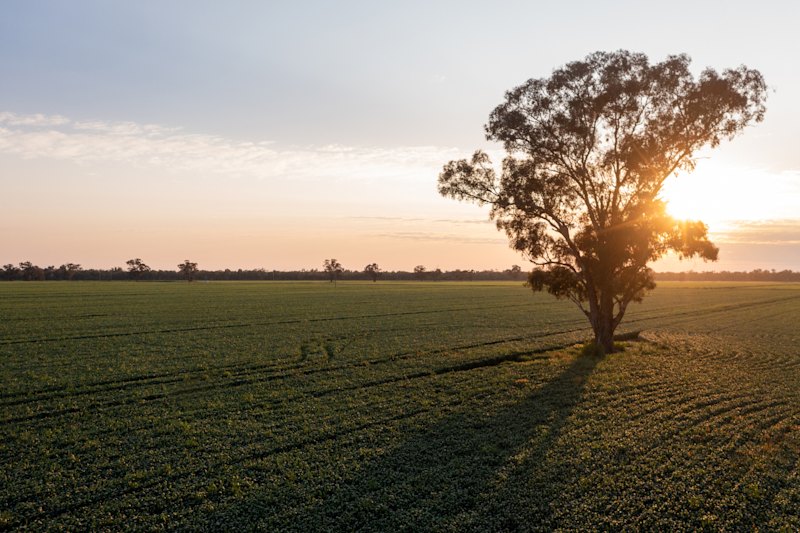How does Canberra's increasing population affect the property market?
Is the secret out?
Based on the latest population statistics it appears many have uncovered Australia’s best-kept secret – Canberra.
In 2017, Canberra’s population grew by 2.2 per cent over the year, which is the largest annual increase for the territory in just over five years. In comparison, the overall Australian population expanded by 1.6 per cent over the same period.
The nation’s capital now has the second-largest population growth rate out of all the states and territories, behind only Victoria which grew by 2.3 per cent. This is quite a feat for the ACT considering Victoria has been aptly dubbed Australia’s powerhouse of population growth.
The estimated number of residents now sits just under 416,000 as of the end of 2017. The raw figures show 8761 more people called Canberra home over the year; this is the equivalent of adding the estimated resident population of Chapman, Hughes and Page. Every day the population grew by an additional 24 residents – meaning every hour another person was added to Canberra’s population tally.
Natural increase and overseas migration remain the key components propelling the population forward.
The net gain from overseas migration was estimated to be 4201 over the past calendar year, which accounts for 48 per cent of the overall population growth. This is the highest gain of overseas migrants on record for the ACT over a 12-month period. The net gain of new residents arriving from overseas has surpassed the Northern Territory and Tasmania.
The next largest population driver was natural increase (described as births minus deaths), attributing 44 per cent of the capitals growth.
- Related article: Dr Nicola Powell weighs in on how the ACT budget will influence Canberra’s property market
- Related article: Canberra house prices on the rise despite national decline: Domain report
- Related article: Confidence drops in Canberra property industry as housing finance has biggest drop in nation
Despite interstate migration contributing a smaller proportion of the population growth, at a mere 8 per cent, it has experienced a remarkable change over the past few years. Following public sector cutbacks and a subsequent freeze to recruitment, interstate migration took a hit. During 2014-15 more residents departed Canberra for other states and territories than arrived.
2016 saw this interstate outflow turnaround and, by 2017, the ACT welcomed an estimated gain of 672 people over the year. While interstate migration plays a smaller role it is an important part of the changing growth picture.
A positive arrival of interstate migrants has been flowing from NSW, WA, SA, NT and Tasmania.
Currently the ACT has the second-smallest population of any state or territory in Australia. But the difference in population between the ACT and Tasmania has reached a record low of 109,000, with estimates suggesting that Canberra is set to overtake the Apple Isle within two decades.
It is well known that population growth is intrinsically linked to the demand for housing. An even distribution between the three population drivers (natural increase, overseas and interstate migration) helps to maintain a broad housing demand. Ultimately, the underlying need for housing is crucially dependant upon the number of new households formed.
We recommend
States
Capital Cities
Capital Cities - Rentals
Popular Areas
Allhomes
More
- © 2025, CoStar Group Inc.







